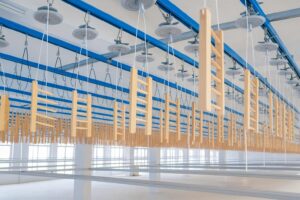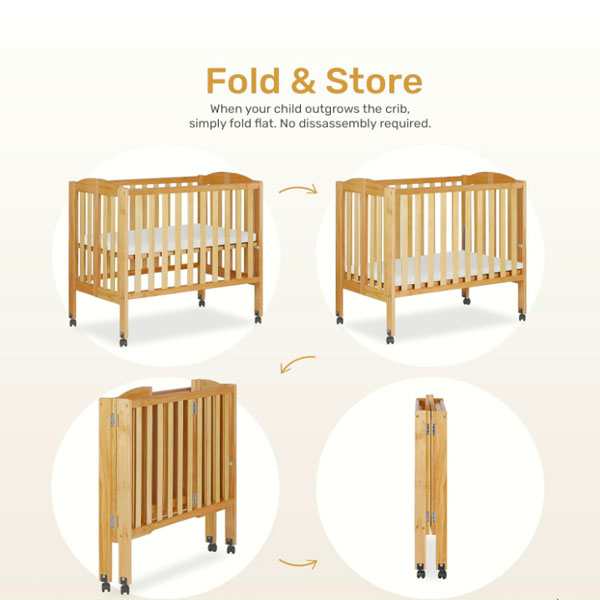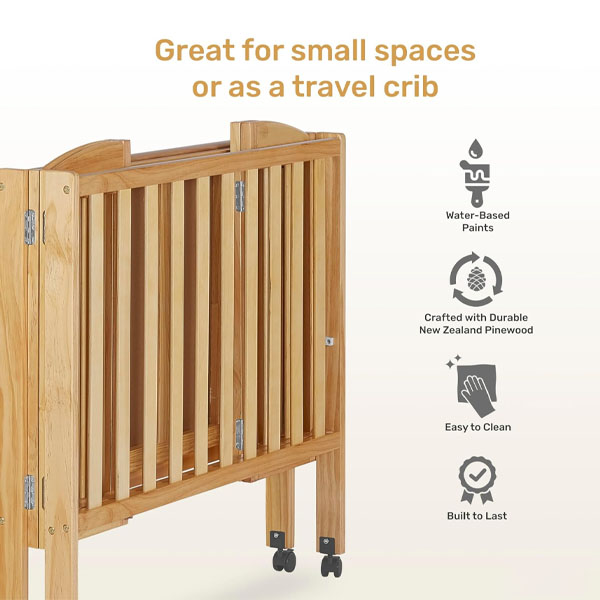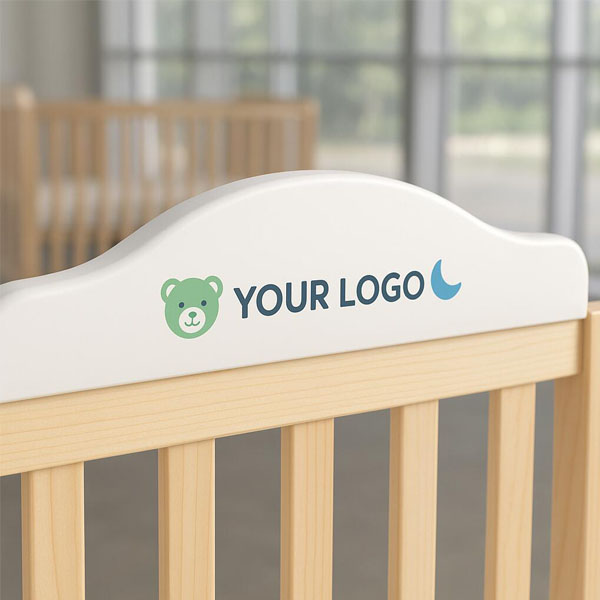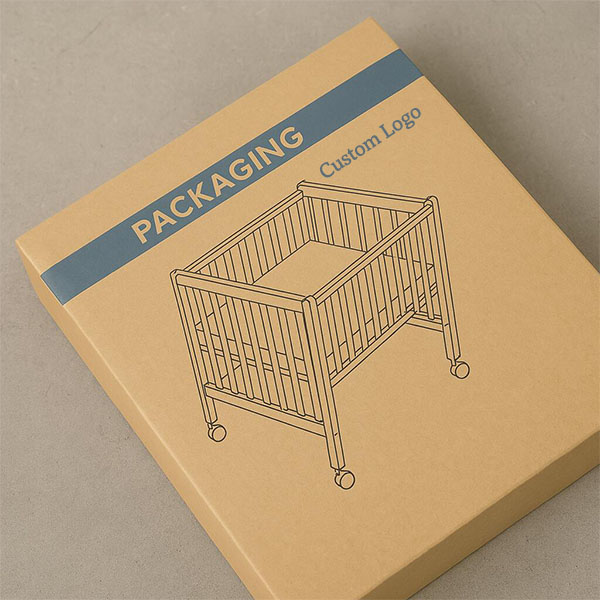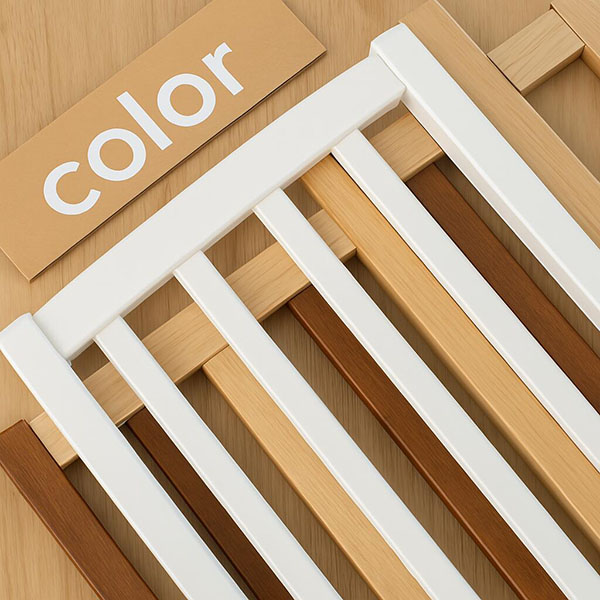What Are the Best Materials for Baby Cribs?
Parents want the safest and most comfortable crib for their baby. But with so many materials available, it’s hard to know which one is best.
The best materials for baby cribs are solid wood, engineered wood, and metal. Each has its pros and cons, but safety, durability, and non-toxicity are the most important factors to consider.
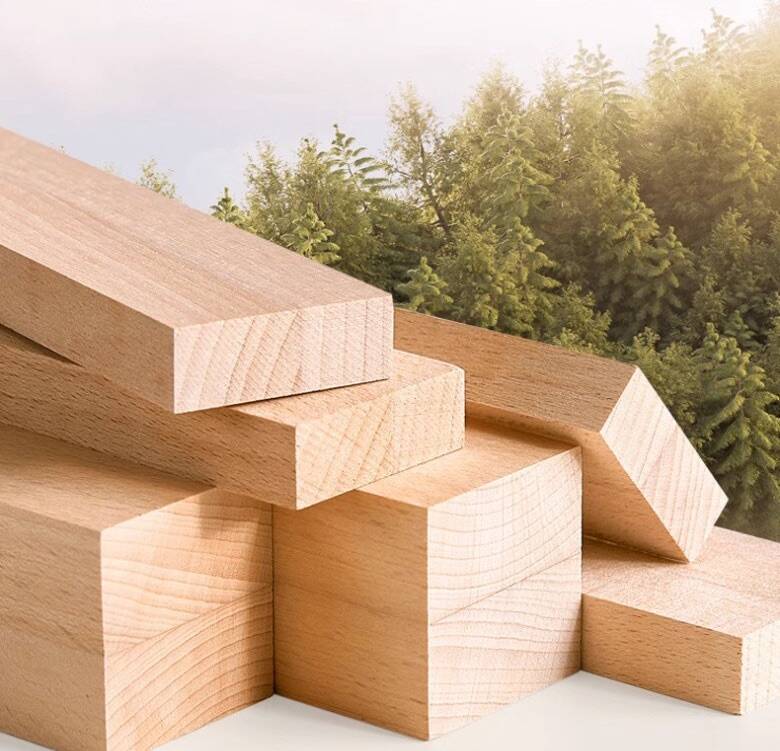
Choosing the right material ensures a safe sleeping environment. Let’s explore each option and understand their benefits and drawbacks.
Is Solid Wood the Best Choice for Baby Cribs?
Many parents prefer solid wood cribs because they seem sturdy and natural. But are they truly the best option?
Solid wood cribs are durable, non-toxic, and aesthetically pleasing. However, they can be expensive and vary in quality depending on the type of wood used.
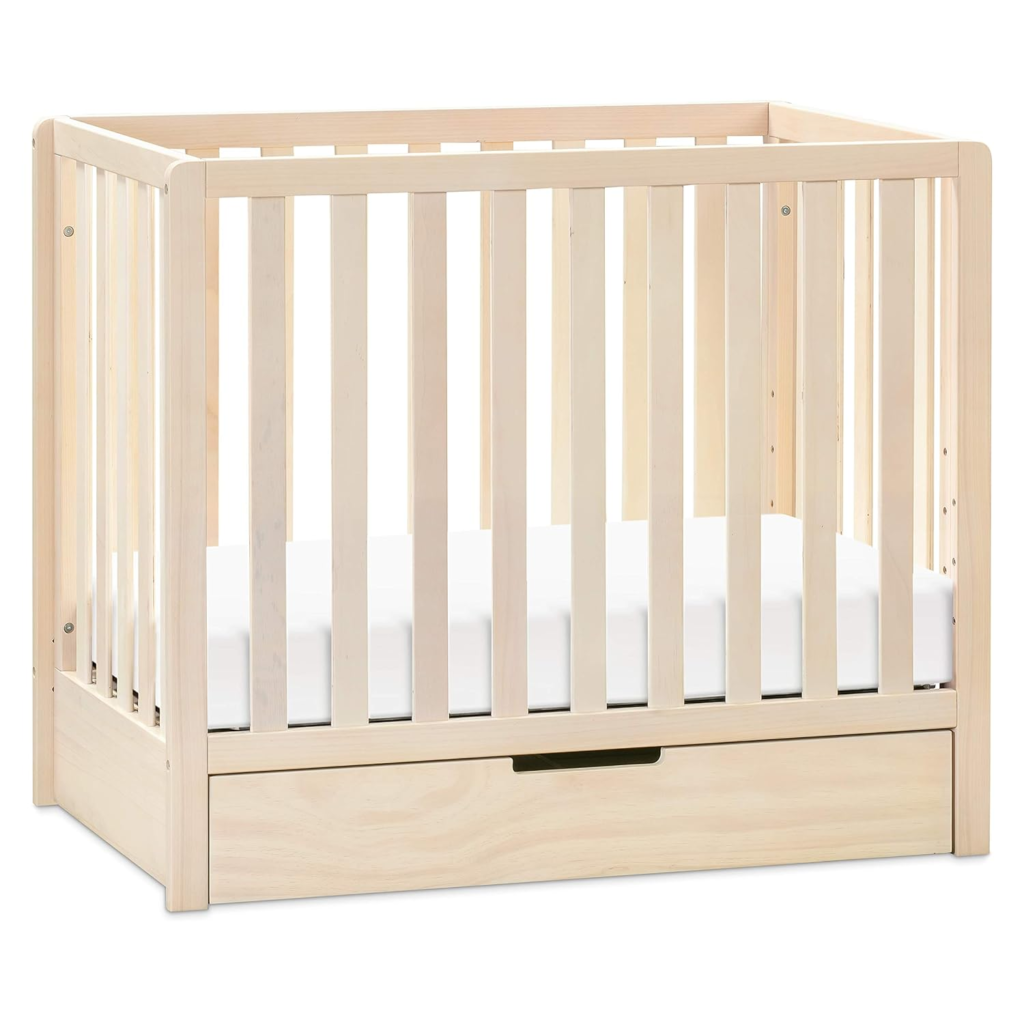
Types of Solid Wood Used in Cribs
| Wood Type | Durability | Safety | Cost |
|---|---|---|---|
| Pine | Soft, prone to dents | Non-toxic if untreated | Affordable |
| Oak | Hard and durable | Safe with a non-toxic finish | Expensive |
| Maple | Very strong and durable | Safe and naturally non-toxic | Expensive |
| Birch | Strong and flexible | Safe and used in eco-friendly cribs | Moderate |
Solid wood cribs are a great investment if you choose high-quality wood. Always check for non-toxic finishes and certifications like GREENGUARD to ensure safety.
Is Engineered Wood a Safe Alternative?
Some cribs are made from engineered wood instead of solid wood. But is this material safe for babies?
Engineered wood cribs are budget-friendly and can be sturdy, but they may contain formaldehyde or other chemicals that could affect air quality.
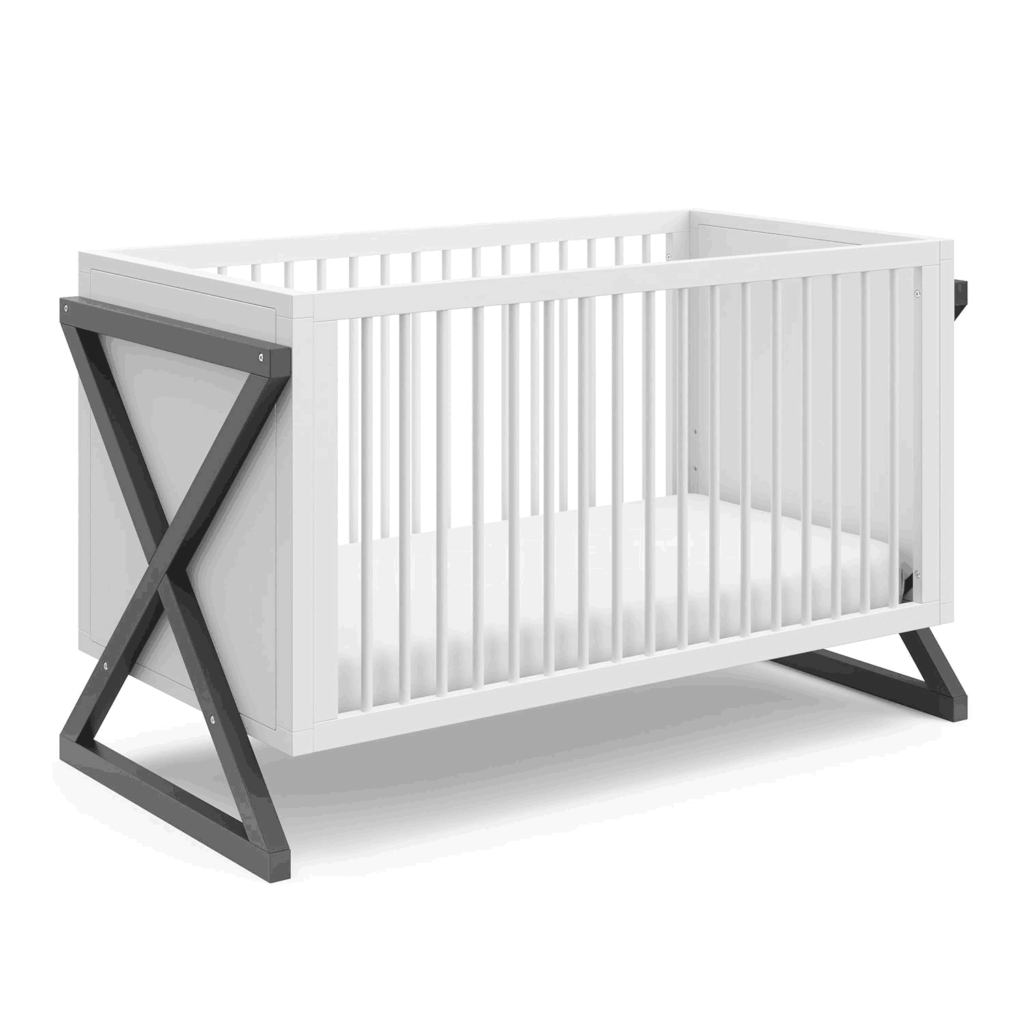
Common Types of Engineered Wood in Baby Cribs
| Material | Pros | Cons |
|---|---|---|
| Plywood | Affordable and strong | May contain glue with chemicals |
| MDF (Medium-Density Fiberboard) | Smooth and uniform | Can emit VOCs (volatile organic compounds) |
| Particleboard | Very cheap | Least durable and can contain high levels of formaldehyde |
When choosing an engineered wood crib, look for certifications like CARB Phase 2 compliance or GREENGUARD to ensure minimal chemical emissions.
Are Metal Cribs a Good Choice for Babies?
Metal cribs offer a modern and stylish look. But are they as safe and practical as wooden cribs?
Metal cribs are highly durable, easy to clean, and resistant to pests. However, they can be heavier, prone to chipping, and may feel colder to the touch.
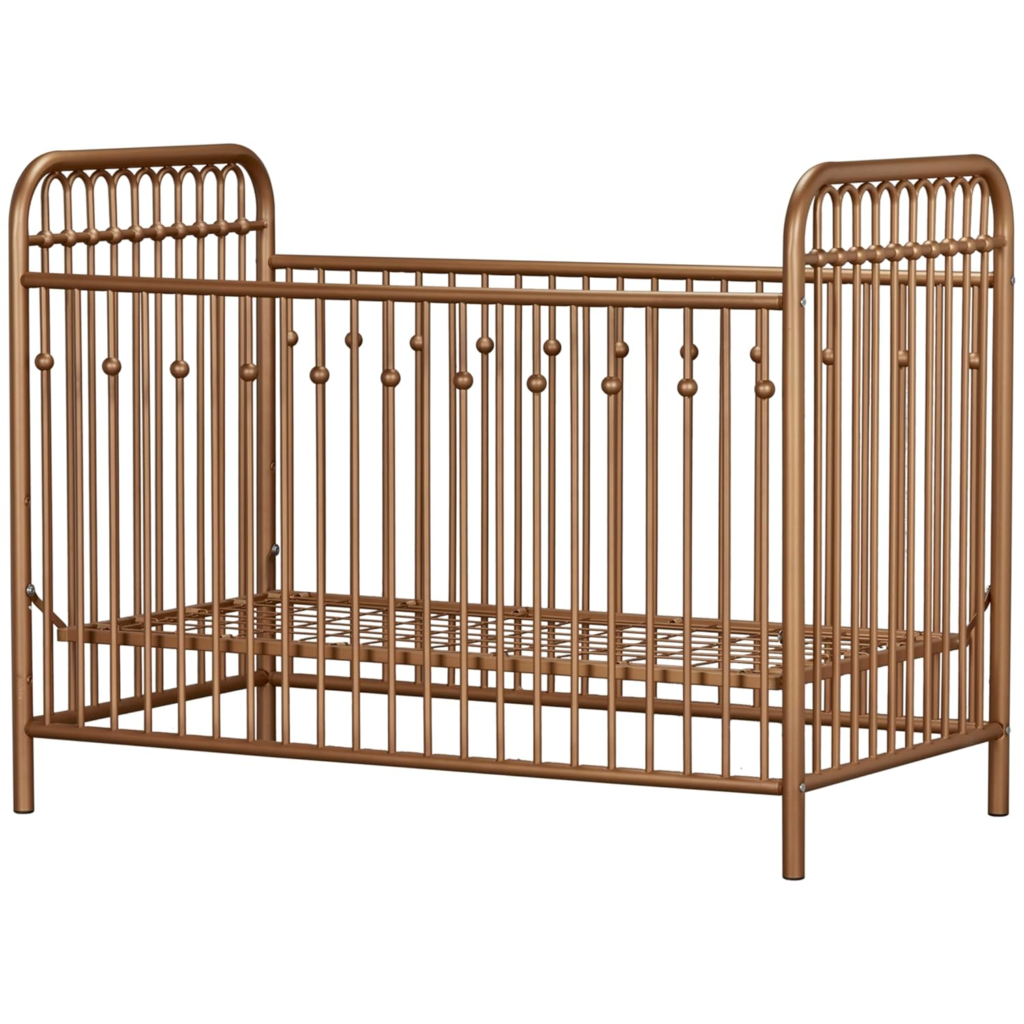
Pros and Cons of Metal Cribs
| Feature | Advantage | Disadvantage |
|---|---|---|
| Durability | Extremely strong and long-lasting | Can be heavy and difficult to move |
| Maintenance | Easy to wipe clean | Paint may chip over time |
| Safety | No risk of splinters | Metal bars can be hard if baby bumps into them |
| Aesthetic | Vintage and modern styles available | May not fit all nursery themes |
If choosing a metal crib, ensure it has a non-toxic powder-coated finish to prevent paint chipping and rust.
Conclusion
The best crib material depends on your priorities. Solid wood is classic and safe, engineered wood is budget-friendly, and metal is durable. Always prioritize non-toxic finishes and safety certifications.

